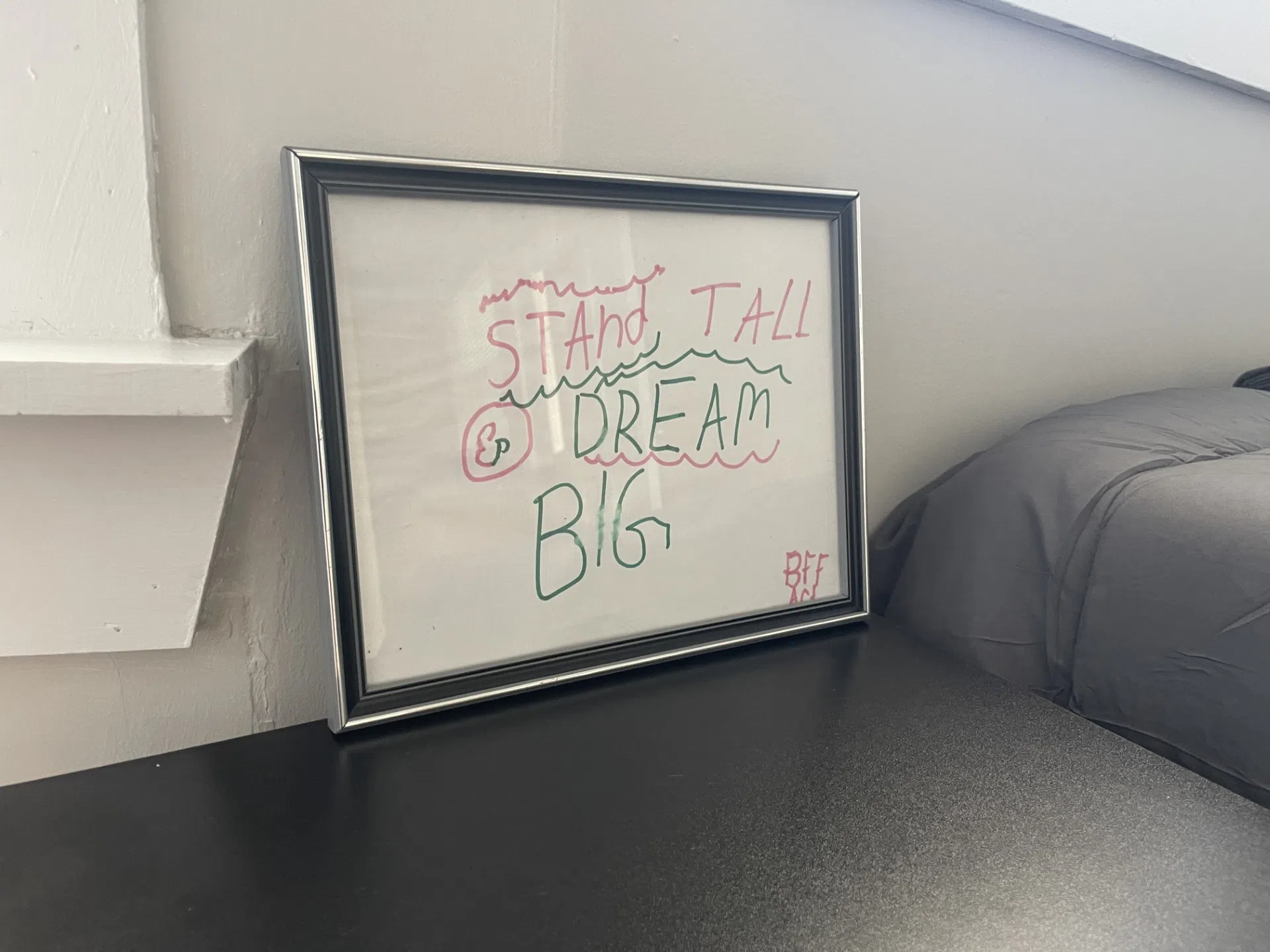Twenty-eight individuals from Harvest House Atlantic will soon have a place to call their own.
The shelter has partnered with the Department of Social Development for a community-based housing program.
Senior Director Marc Belliveau says eight women began transitioning from the shelter this week.
“The goal is just to give them a space where it’s community-based living. So they’re in a house with other people but they do have their own private room. They have a case worker attach them. They have peer support workers. They have everything they need to start down a journey of hoping and looking at their future.”
He adds with 28 people going into housing, they’ll be able to take 28 more people off the street and move them into the shelter.
“It’s just this model that’s going to start moving people into the housing continuum and giving them just really what they need to start stabilizing quicker. It’s a similar model to Rising Tide, except that we are now going to be taking some of those higher acuity individuals, so people that aren’t necessarily ready for their own apartment or aren’t necessarily ready for a certain type of housing where they have to have tenancy skills. We’re going to help develop those tenancy skills for them,” Belliveau adds.
These homes are ones that Harvest House Atlantic owns but have not been renovated for some time. Belliveau says that part of the agreement with Social Development was to fully renovate the properties so they could be used for appropriate housing.
“They’re the old rooming style type homes, but with such a clean and fresh look that people moving in are going to just feel like they have the space they need to breathe, to focus, to start working on case management and start looking at their future goals. For some of those people, it could be going back to school, or securing employment,” Belliveau says.
He says it is difficult for some people to cope in a shelter atmosphere, surrounded by 60 other people.
“They can now move into a house that’s brand new, with eight to nine other people who are all on the same journey. They can start to stabilize quickly. They don’t have the noise. They can just close the door, take a minute to breathe and then sit with somebody and talk about what they’d like to do next.”
Belliveau adds choosing the individuals for housing was a lengthy process. He says they did interviews with around 50 people and determined that 28 people were the most ready to move into the low-barrier housing.
“The ultimate goal is to get people out of the shelter, get them in housing and get more people off the street, and get them in the shelter, and keep this process moving. That’s going to make a big impact in our community,” Belliveau adds.
Twelve men will move into a second property next week, with eight more transitioning into a third home later this month.





